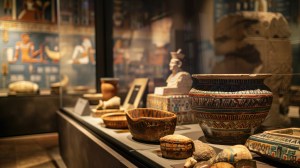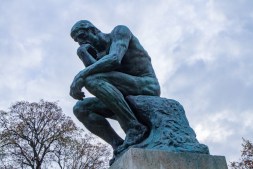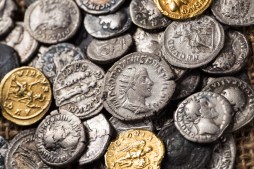What Lies Beneath: The Unanswered Questions Surrounding Easter Island
Easter Island, known for its iconic moai statues and remote location in the Pacific Ocean, continues to intrigue researchers and travelers alike. Despite extensive studies, many mysteries remain about this enigmatic island. From the origins of its inhabitants to the purpose of its monumental structures, here we explore some of the unanswered questions that keep Easter Island on the map for archaeologists and historians.
The Origins of the Rapa Nui People
One of the most compelling mysteries surrounding Easter Island is how and when it was settled by humans. The Rapa Nui people are believed to have arrived on the island around 1200 AD, but questions still linger about their migration paths from other Polynesian islands. Researchers are using genetic analysis and linguistic studies to piece together their ancient journeys, but concrete evidence remains elusive. Understanding these origins could shed light on broader patterns of human migration across the Pacific.

The Purpose Behind the Moai Statues
The colossal moai statues scattered across Easter Island stand as a testament to its inhabitants’ artistry and engineering skills. However, many questions persist regarding their exact purpose. Were they built solely as tombs for ancestors or did they serve a more spiritual role? Some theories suggest that they were meant to embody ancestral spirits or even act as a means of expressing political power among clans. As excavations continue, archaeologists hope to uncover more about these magnificent structures.
Environmental Impact and Resource Management
Easter Island has often been cited as a cautionary tale regarding environmental degradation due to overpopulation and resource mismanagement. While it is clear that deforestation played a significant role in altering the island’s ecology, questions remain about how exactly this transformation affected societal structure and culture over time. Did resource depletion lead directly to conflict among tribes? More research into historical climate conditions could provide valuable insights into these dynamics.
The Role of European Contact
When Europeans first encountered Easter Island in 1722, they documented various aspects of Rapa Nui culture but also brought diseases that devastated the population. This contact marked a pivotal change in history; however, details about how traditional practices shifted following these encounters are poorly understood. What cultural elements were lost or transformed during this period? Further investigation may reveal how external influences reshaped life on Easter Island beyond what historical records can tell us.
Future Research Directions
As technology advances, opportunities for further exploration into Easter Island’s mysteries expand as well. Techniques such as ground-penetrating radar have allowed researchers to uncover hidden archaeological sites without extensive excavation. This non-invasive approach may lead us closer than ever before to understanding what still lies beneath this fascinating land—its history is not just carved in stone but perhaps buried deep within its soil waiting for revelation.
Easter Island remains shrouded in mystery despite being one of the most studied archaeological sites on earth. With ongoing research efforts and modern technology at our disposal, we stand at an exciting juncture where answers may soon emerge regarding what we still don’t know about this captivating island’s past.
This text was generated using a large language model, and select text has been reviewed and moderated for purposes such as readability.











